This is a simple dish which Shou-Ching’s father used to make for them as children. It can use almost any meat – whatever you have handy. And it cooks in only a few minutes.
Eggs are always worth including. Cook some eggs in a wok at low heat with a healthy oil (we used butter, olive oil or coconut oil will do):
We added pre-cooked shrimp, and some shredded chicken meat left over from a chicken soup. With shredded carrot and cucumber, it was served like this:
Next you need a sauce. Ours was made by mixing:
- 3 tbsp rice vinegar
- 1 tsp Dijon mustard
- 2 garlic cloves, crushed
- Salt and pepper
- 4 tbsp olive oil
- 1 tbsp almond butter (or crushed nuts, or nut butter of your choice)
- Optional: a few drops of soy sauce and sesame oil
The sauce is crucial for the dish; we consider rice vinegar and Dijon mustard essential. If you are serving children, add a little sweetness to the sauce with some rice syrup or diced fruit.
Drizzle the sauce over the food:
By the way, this is a good sauce also for any “safe starches” you may include in your meal. As discussed in “How to Minimize Hyperglycemic Toxicity,” Oct 20, 2011, mixing vinegar and fats or oils with starches will reduce their impact on blood glucose levels.
Serve the chicken, shrimp, and egg salad with white rice, Homemade Seasoned Seaweed (Jan 9, 2011) or Fermented Mixed Vegetables (Nov 27, 2011), and you have a complete meal in a traditional style of Asian home cooking. Don’t be shy to mix all the food together!







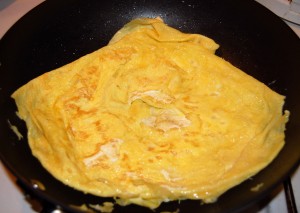
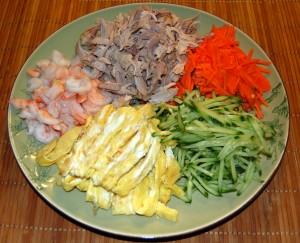
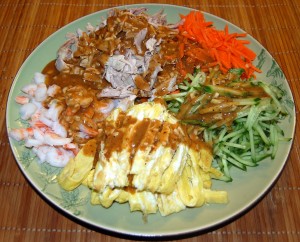
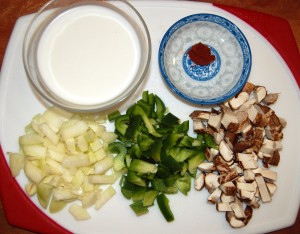
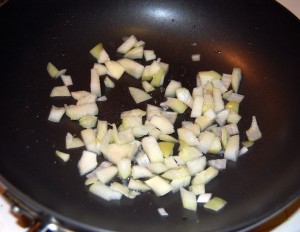
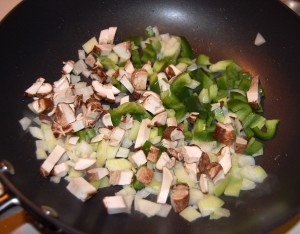
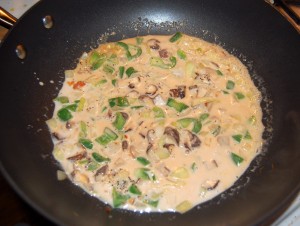
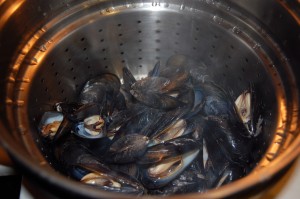

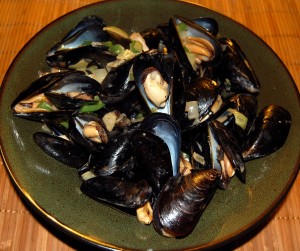

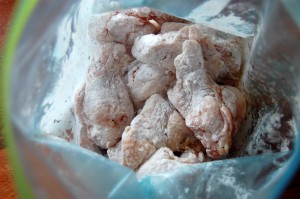
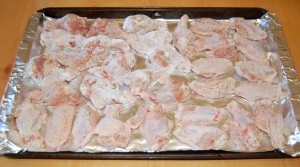
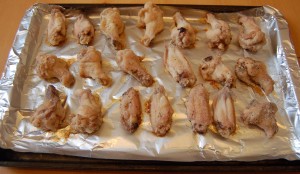
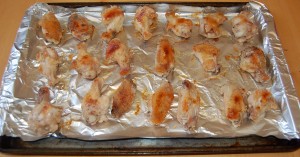
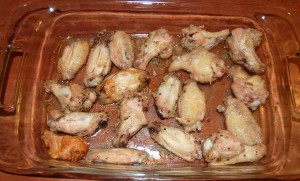
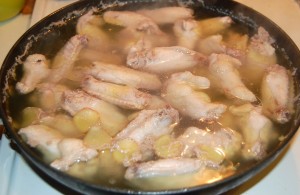

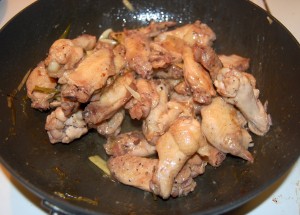
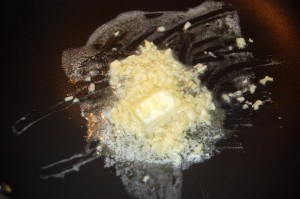
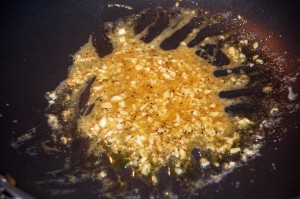
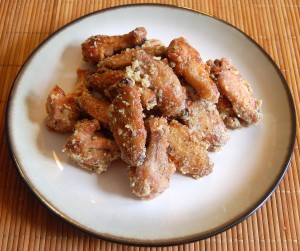
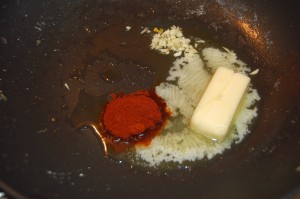
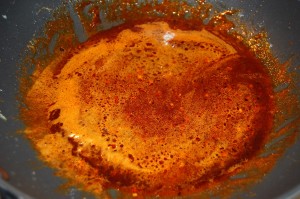
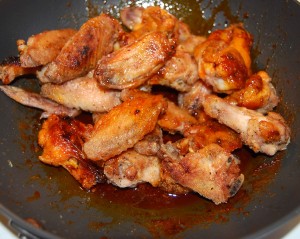
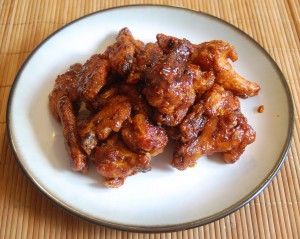
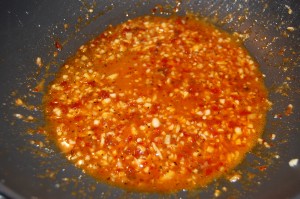
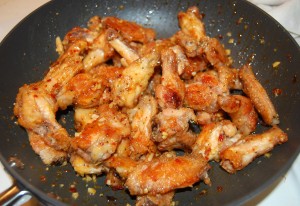
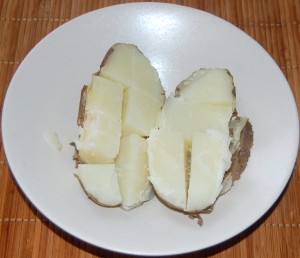
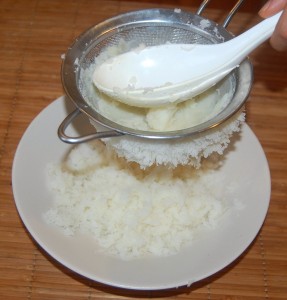
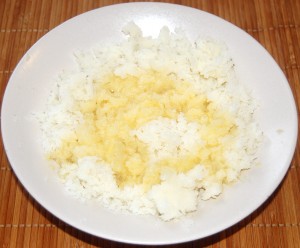

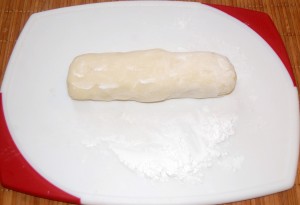

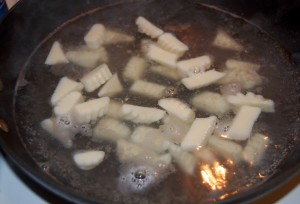
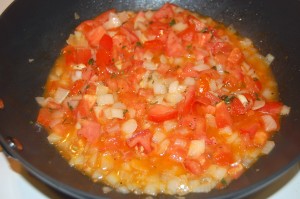
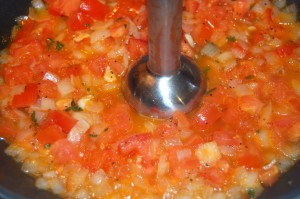
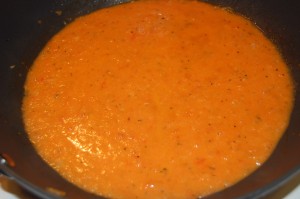
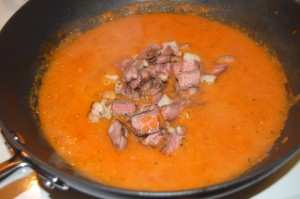
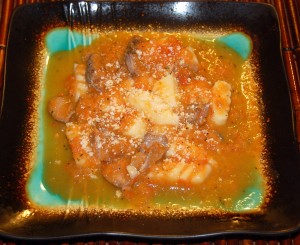
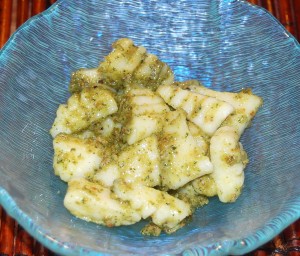




Recent Comments